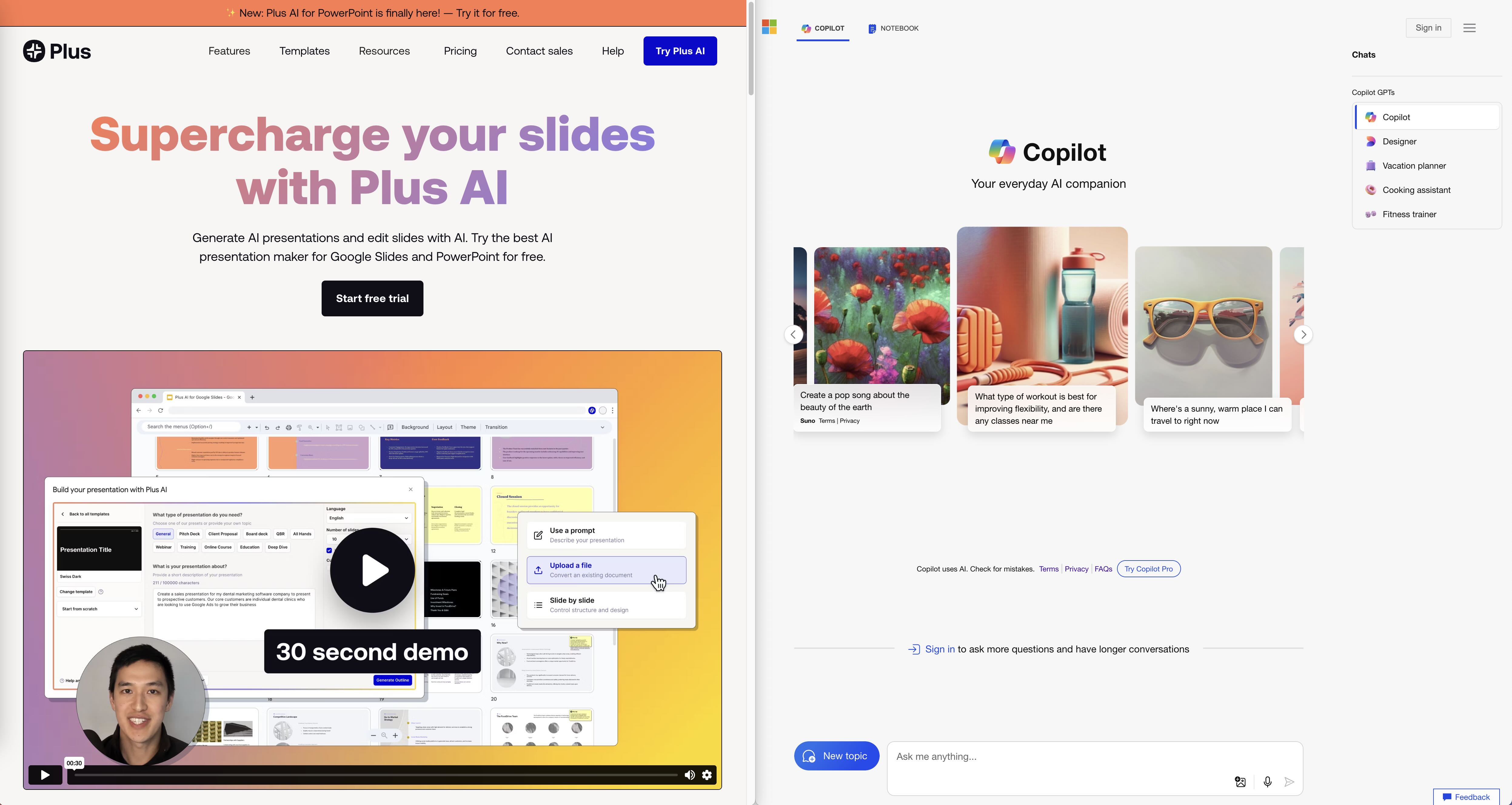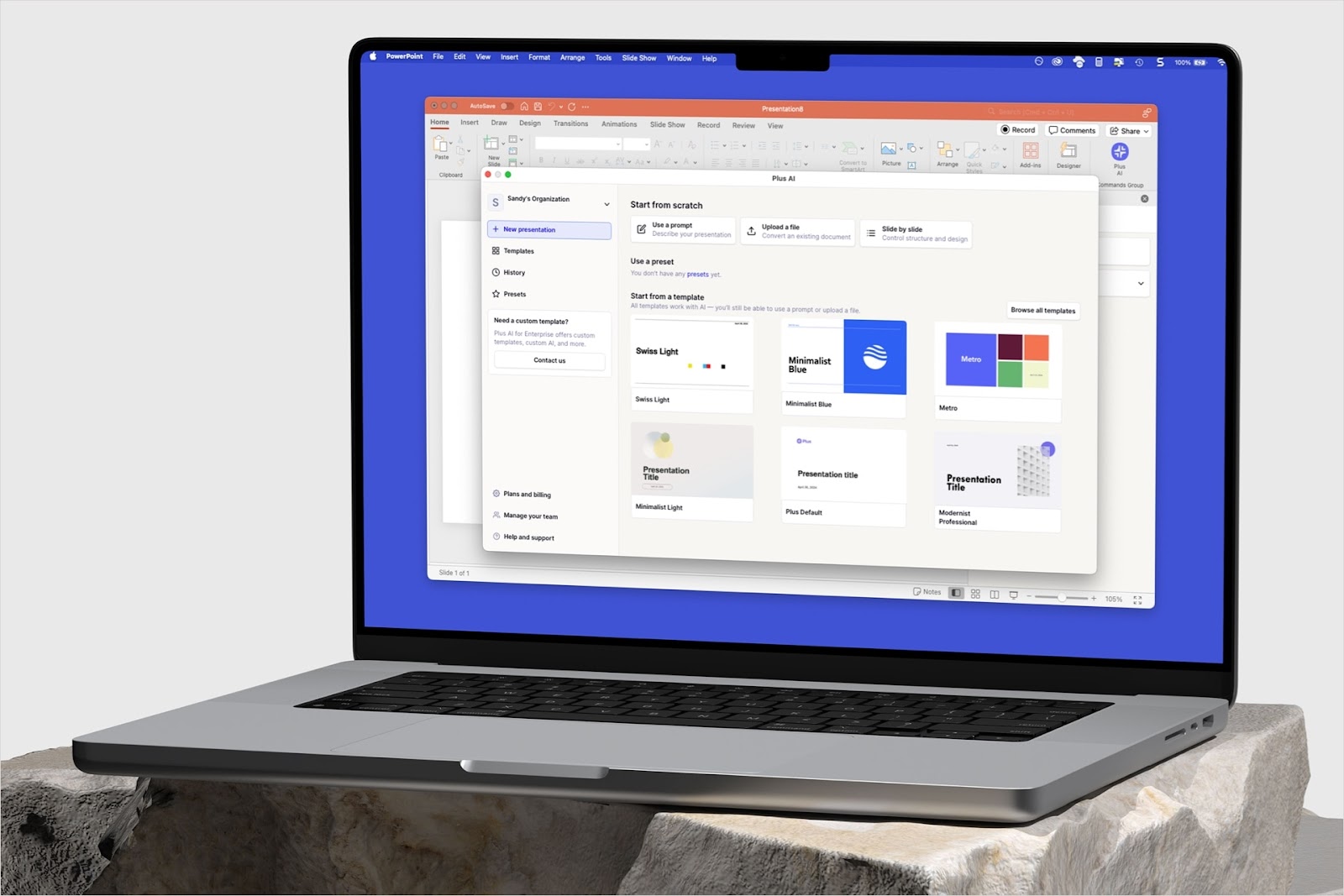Need to add a logo or other vector graphics to Google Slides? Unfortunately, if you try to upload an svg directly, Google Slides will give you an "Unsupported image type" error.
Fortunately, there is a workaround to convert and use svg graphics and images in your Google Slides presentations.
{toc}
Upload your SVG to Google Drive
Open your Google Drive. Upload your SVG. You can choose any folder you want, though you might want to name it something handy like "SVG uploads." Your converted files will also live in this folder.

Connect your Google account to CloudConvert.
Once your file is uploaded, right click on it > Open with > CloudConvert. You'll be prompted to connect your Google Account to CloudConvert if you've never done so. We'll use CloudConvert to convert the svg into a format that you can open in Google Slides. To do that, CloudConvert needs permission to access your Google Drive.
Note that for whatever reason, using CloudConvert separately (not through Google Drive), downloading the resulting file, and uploading it to Google Drive does not work, so this step is necessary.

Convert the svg to an emf file
In the CloudConvert interface, select EMF from the format menu. Make sure "Save output files to Google Drive" is checked. Then click Convert.


In Google Drive, open the EMF file in Google Drawing
Go back to your Google Drive folder. Find the new EMF file (it should be named the same thing as your original svg). You might need to refresh the page if it doesn't appear.
Then right click on the new EMF file > select Open with > Google Drawings.

NOTE: Since October 2023, Google Drive has had an issue where only certain .emf files can be opened in Google Drawings. In order to open these .emf files in Google Drawings, you need to convert their MIME type into a different format that can be opened in Google Drawings. This requires you to run a script and convert your .emf files from "bad" files to "good" files. For step-by-step instructions on how to convert your .emf files so they can be opened in Google Drawings, follow the instructions in this Google Doc.
Copy the shape in Google Drawing and paste it into Google Slides
Click on the shape in Google Drawings to select it, then copy (either Ctrl+C or Cmd+C or right click and copy). Then open the Google Slide where you want to use the shape, and paste it in.


Edit your vector in Google Slides
You can now edit your original svg shape in Google Slides, just like any other vector shape. It's transparent, totally scalable, and you can change the fill and outline colors and styles, just like any other shape in Google Slides.
You can use this method to save you time instead of manually exporting pngs in every color you need, and then having to redo that workflow when you want to recolor something.

Alternative method (easier, but doesn't always work)
Alternatively, some people recommend adding your SVGs to PowerPoint (which does support the filetype), saving it as a .pptx file, and then importing it into Google Slides. In our experience, though, importing SVGs by way of PowerPoint doesn't always work — some vectors get flattened into images in the process, especially the more complex shapes!
Just need to add a logo to all your slides? Try Plus Themes
With Plus, you can create a theme (using AI if you want), add your logo, and apply that theme to all the slides in your presentation.
You can also use that theme with other Plus AI features, like generating a new presentation from scratch or editing or reformatting your existing slides.








